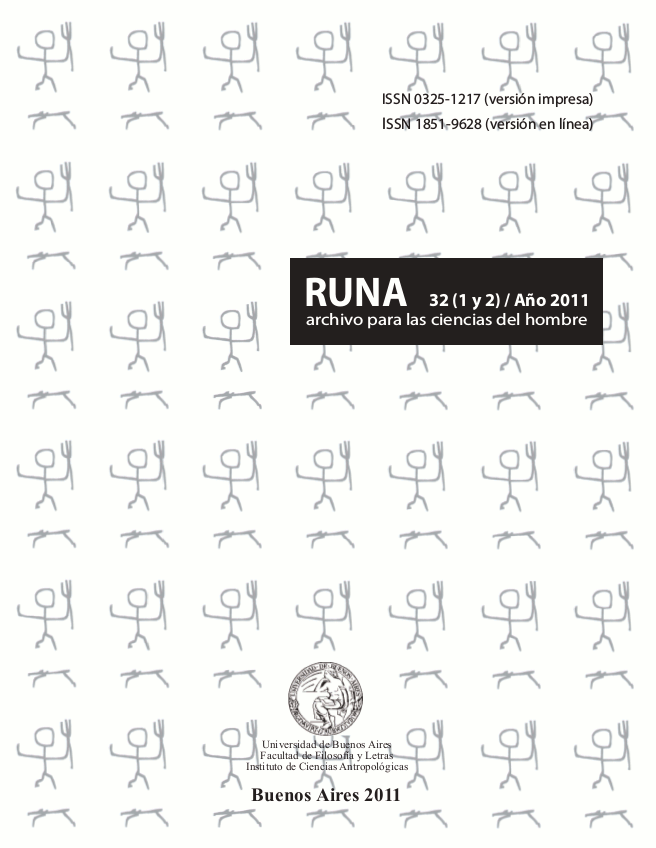Widows and witches. Rethinking the “suttee” in Santiago Avendaño’s chronicles from feminist perspectives
Abstract
The so-called ‘Santiago Avendaño chronicles’ describe the assassination of thirty-two women during the funeral of Painé, the main authority, chief or lonko of the Rankülche from Leubucó in the mid nineteenth century, in the area corresponding to the current province of La Pampa (Argentina).Our analysis draws on the theoretical contribution of the anthropologist Rita Segato regarding the relationship between crimes against women and the struggle for power, and on the text ‘Can the Subaltern Speak?’ by Gayatri Spivak, which includes an analysis of the suttee from the theory of subordination.Until now it has been held that the chronicle identifies two motives for killing the women: that they are witches and that they are widows. Using this source as well as other 19th century sources (mainly by Luis de la Cruz and Lucio Mansilla), we aim to analyse the way in which the categories of witch and widow have been constructed. Moreover, we want visibilize the participation of the “white” refugees in the ritual under analysis.Downloads

Runa, archivos para las ciencias is a publication of the Instituto de Ciencias Antropológicas, Facultad de Filosofía y Letras, Universidad de Buenos Aires and is distributed under a Creative Commons Attribution 4.0 International License.
Runa maintains its commitment to the policies of Open Access to scientific information, considering that both scientific publications and publicly funded research should circulate on the Internet freely, free of charge and without restrictions.
The contents and opinions expressed in published articles are the sole responsibility of their authors.



















